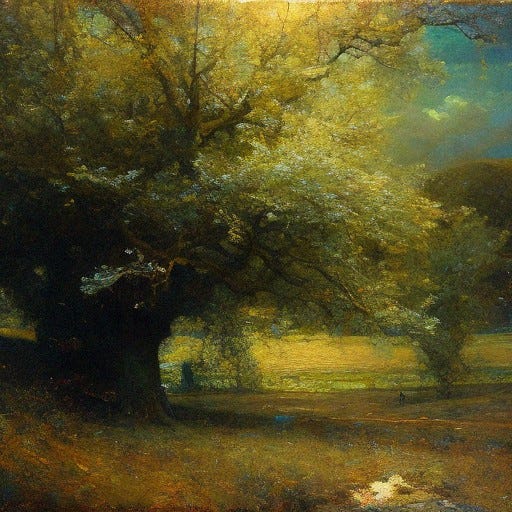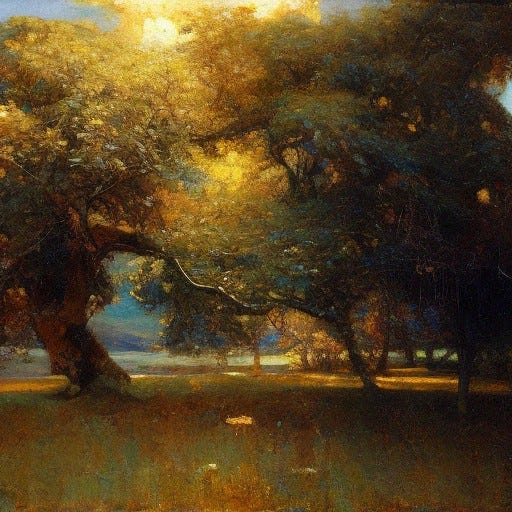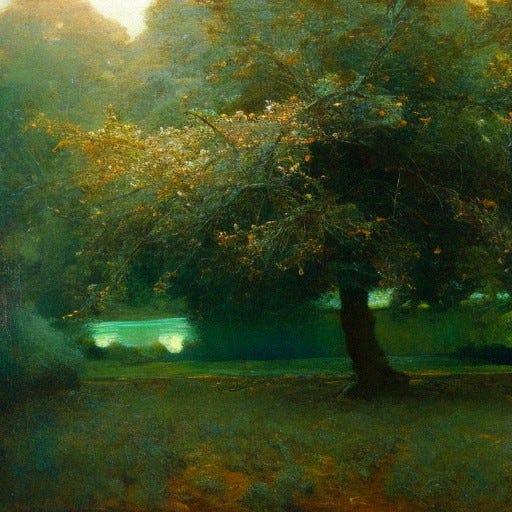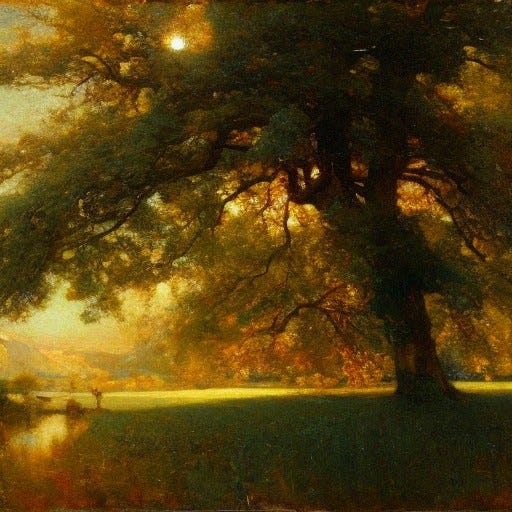A Brief History Of The Chestnut Tree
Reviving a Lost Keystone: The Efforts to Reintroduce the American Chestnut Tree
The American Chestnut tree (Castanea dentata) is a species of deciduous hardwood tree that is native to eastern North America. It once dominated the forests of the eastern United States, growing from Maine to Alabama and from the Great Lakes to the Gulf of Mexico. The tree was known for its large, sweet nuts that were a staple food for both humans and wildlife, and for its rot-resistant wood, which was used for everything from fence posts to furniture.
The American Chestnut tree had a rich history and played an important role in the cultural, economic and ecological life of the eastern US region. The tree was considered a "redwood of the east" for its massive size, growing up to 100 feet tall and with trunks as wide as 10 feet in diameter. It was also known as the "king of the forest" as it was one of the most important hardwood trees in the Eastern forests.
However, in 1904, a fungus called Cryphonectria parasitica was accidentally introduced to the US from Asia, which caused a devastating blight that killed nearly all of the mature chestnut trees within 50 years. The fungus infects the tree's bark and blocks the flow of water and nutrients, causing the tree to die. While chestnut saplings and sprouts still grow, they are usually killed by the fungus before they can mature and produce nuts.
The loss of the American Chestnut tree had a major impact on the ecology of the eastern forests, as it was a keystone species that supported many other species of plants and animals. Many animals, such as bears, deer, and squirrels, relied on the chestnuts as a food source, and the loss of this food source caused population declines in these species. Additionally, the loss of the chestnut trees also affected the ecosystem services provided by the forest, such as nutrient cycling and soil formation.
Efforts have been made to reintroduce the American Chestnut tree back into the wild. One of the most promising methods is through the use of genetic engineering to create a blight-resistant hybrid tree. Researchers have been working to cross the American Chestnut tree with a Chinese Chestnut tree, which is resistant to the fungus. The goal is to create a tree that has the desirable characteristics of the American Chestnut, such as its large size and sweet nuts, while also being resistant to the blight.
The American Chestnut tree holds a special place in the history and culture of the Eastern United States, and efforts to reintroduce the tree back into the wild are ongoing.
The tree once again being able to thrive in the wild would not only be an ecological victory but also a cultural one, as it would revive a species that had once played such an important role in the lives of the people who lived in the region.
In addition to the genetic engineering efforts, there are also other methods being used to try and reintroduce the American Chestnut tree. One of these methods is through the use of backcross breeding, where American Chestnut trees are crossed with Chinese Chestnut trees multiple times to increase the proportion of American Chestnut genes in the tree. This method aims to retain the desirable traits of the American Chestnut tree while also increasing resistance to the blight.
Another method is through the use of hypovirulence, where a virus that infects the fungus causing the blight is introduced to the forest. This virus weakens the fungus and reduces its ability to kill the chestnut trees.
Some organizations, such as The American Chestnut Foundation and the American Chestnut Cooperators' Foundation, have been working towards reintroducing the tree. These organizations are working towards breeding the blight-resistant trees, planting them and monitoring their survival, growth and reproduction in the wild, with the goal of eventually achieving a self-sustaining population of American Chestnut trees.
It is worth noting that reintroduction of the American Chestnut tree is a complex and long-term process, and it will take many years before the tree can once again thrive in the wild. However, with the various methods being used, there is hope that one day the American Chestnut tree will once again be an integral part of the Eastern forests.
John Waters | Legendary Filmmaker | #35 Homeless Romantic Podcast
Dr. Gerald Horne | Professor of History | #64 Homeless Romantic Podcast
Vijay Prashad | Author & Historian | US Imperialism | #66 Homeless Romantic Podcast
Guy McPherson Ph.D. | The End Of The World | Evolutionary Biologist | #81 HR
Josh Robert Thompson | The Voice Of Geoff Peterson | Comedian | #90 HR
https://linktr.ee/ChrisJeffries The Homeless Romantic Podcast https://chris-jeffries.com/







